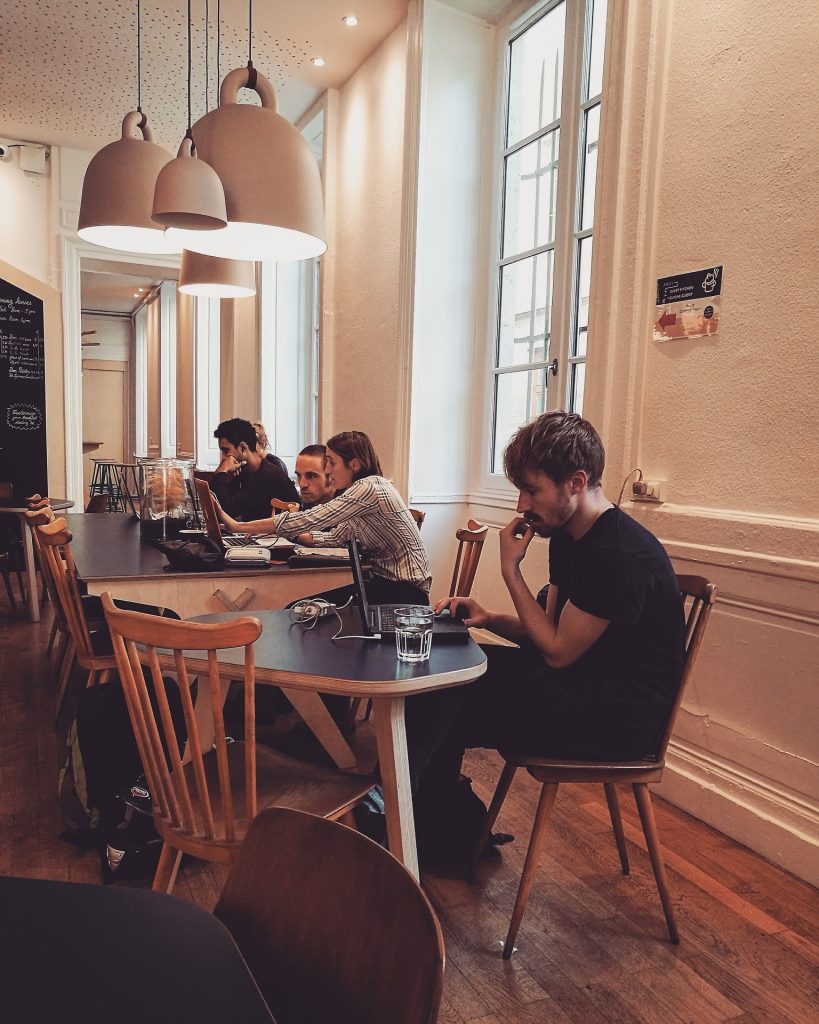Remote working is mostly conceived as an arrangement that, despite featuring both advantages and disadvantages, enables an unprecedented flexible organization of work. On the one hand, remote working’s role in improving parental work-life balance is recognised. On the other hand, the experts warn about possible remote-working-associated health risks (e.g., workers’ exposure to optical radiation, psychosocial and ergonomic risks), requiring careful consideration.
Furthermore, remote working might become a high-impact lever that contributes to shaping ongoing social, economic, and spatial structural changes if the multiple effects induced by it are properly understood and addressed by policymakers. Indeed, the growth and geographical distribution of remote working are related to and are affected by ongoing mega-trends such as digitalisation (e.g., information and communication technologies), increasing flexibilization of the organisation and spatial distribution of work, and the transformation towards knowledge and innovation-based societies. These megatrends have lately been accelerated by the most recent disruptions or shocks such as the Covid-19 pandemic and the population displacement due to the Ukraine war, which produced multiple impacts on individuals, economies, and societies. Therefore, the adoption of temporally and spatially dispersed work configurations is still growing in European countries, triggering social and territorial transformations.
